Although the magazines and marinas are full of flat designed, chined and wide-sterned modern yachts made to perform and host large volumes, a great number of yachts nowadays have their origins in the Seventies and Eighties as we call them “Classic GRP Yachts”. As I was roaming the jetties of my home marina I came to rest in front of such a very, very nice and well kept yacht: A German made Hanseat in blue.
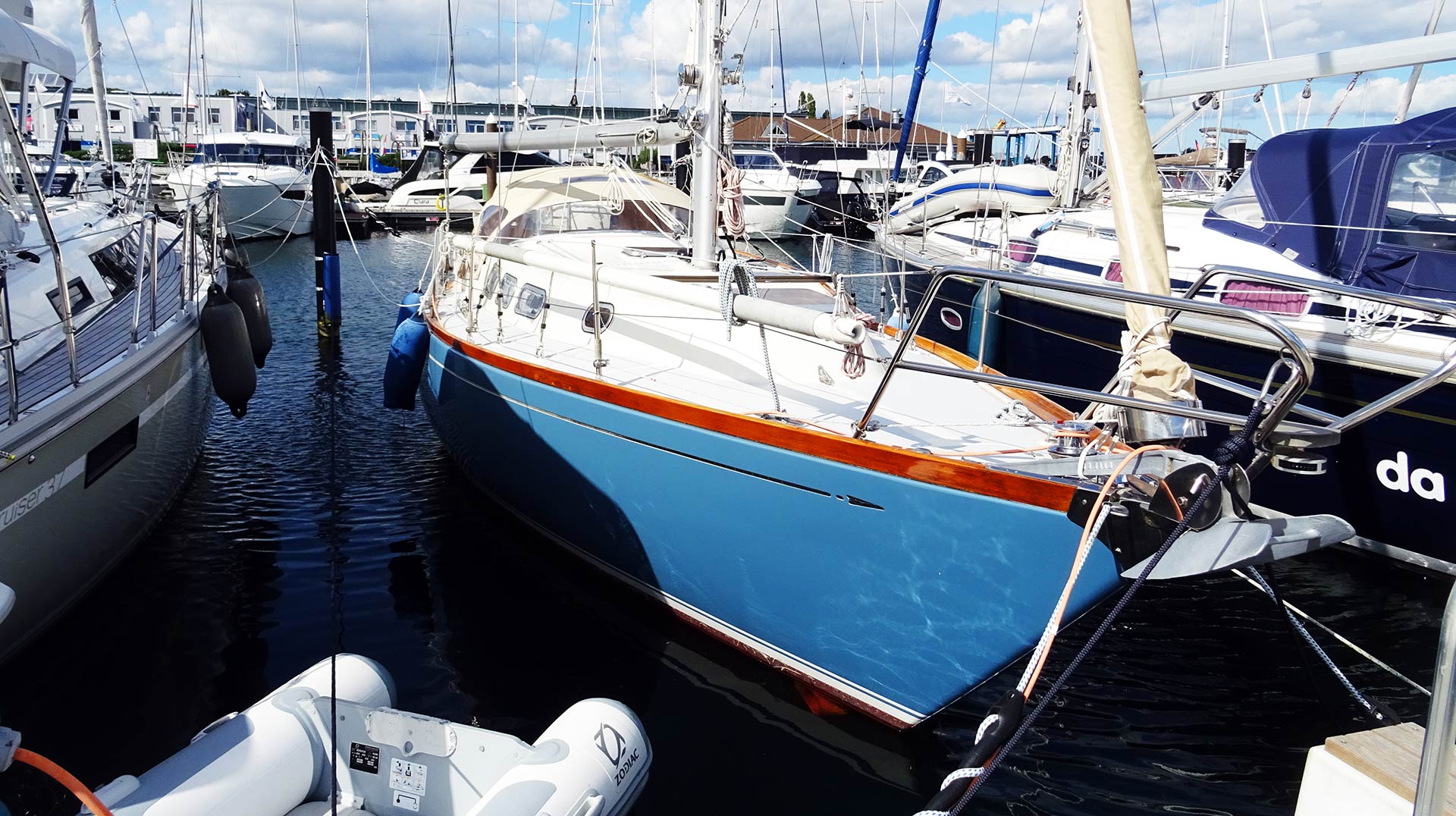
She bears the distinctive shape of a whole class of yachts which defined the Seventies yacht design: The IOR-yachts. IOR? Most of you may know this fictional conversation very well by their own neighbours in the berth: “Ah, this is a nice, classic boat indeed!”, “Yes, I like her. Her lines. She´s an IOR-yacht!”, “Yeah, for sure!”. IOR. We are all too familiar with the wide bulky hull shaped like a tea kettle. But what does IOR really mean? Here´s a short but hopefully clear explanation.
History of the IOR-Rating System
First of all, IOR, the “International Offshore Rule”, was a rating system introduced in the Sixties when for the first time in history regatta-rules and handicap ratings of Europe (namely of the Royal Ocean Racing Club of England, RORC) and America (to be precise of the CCA, the Cruising Club of America) sought to standardize their set of rules to ensure a worldwide rating system for sailing yacht races. The IOR has been kept in place up until the early Eighties when it was superseded by the more technical and scientific advanced IMS and IRC-rating, which are in place still today.
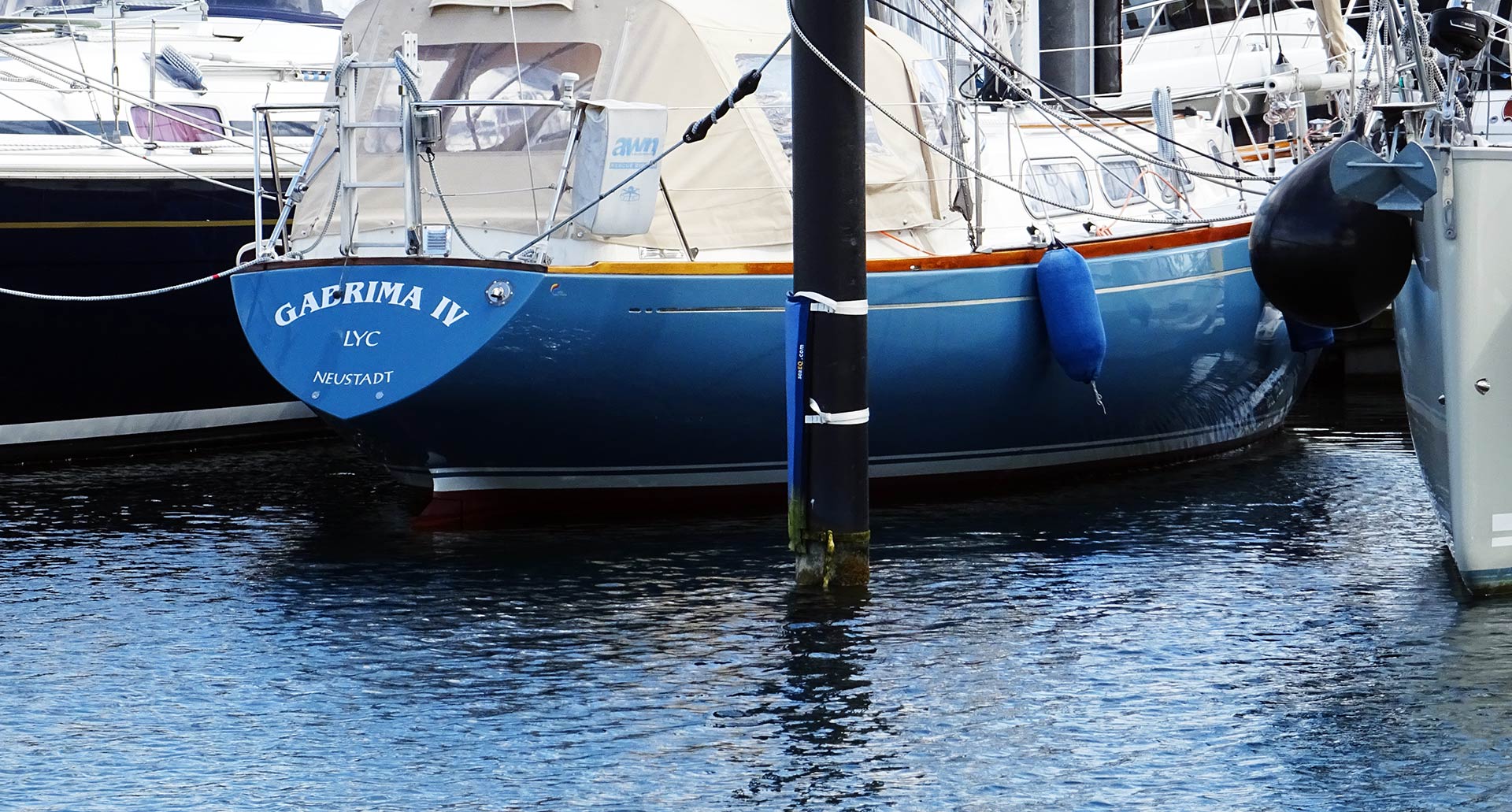
The set of rules changed massively during the years as their trustees tried to keep up with the pace of yacht designers and boat builders who sought to interpret the rules in such a way that thy would make the fastest boats possible within this set of rules. In such an environment, as we all know from other occasions, the mind of the people does incredible things and so the IOR set of rules sparked a whole generation of naval architects to create yachts and hull shapes within this set of rules – leading to this one, very iconic feature of IOR-yachts: The tea kettle shape of the hull. But what´s to it?
Design Features of Sailing Yachts under IOR-Rating
Well, in short, the IOR called for short waterline lengths. It favoured yachts with a short waterline and penalized longer boats. But as we all know: The longer the waterline length, the fast the boat sails. By the same time, naval architects and designers of the boats tried to keep the wetted surface of the yacht as small as possible, shortening the surface area of both hull, keel and rudder blades.
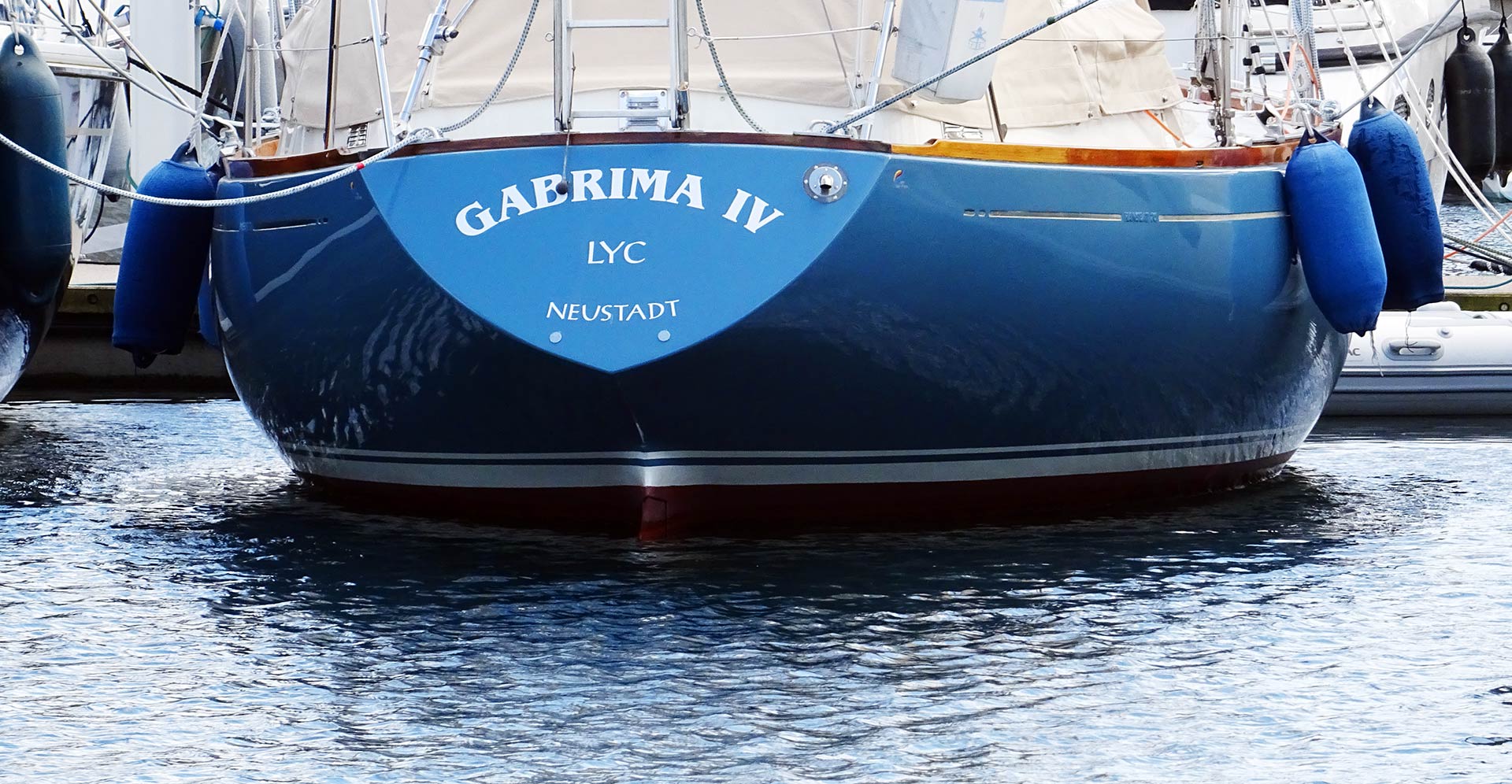
The yachts had been fitted with a sharp bow and the distinct “cruiser stern” which bears a large overhang. Now, let´s cast off and get the sails hoisted. What happens? First of all, when the IOR-shaped boat is now sailing, it will start to heel to leeward as expected. Due to the unique wide girth, the “tea kettle”-hull will now immerse into the water. As you may imagine by looking at such a tea kettle-shaped hull, due to the unique design features of the IOR-shaped hull, the length of the waterline increases greatly thus “imposing” a larger hull and increasing speed. That´s the theory.
Implications of IOR-designed Hulls
It really worked well for a number of yachts and IOR proved to be the offshore rule setting off a huge wave of new yachts to be built and new races to be raced. But the IOR-yachts had also some unwanted implications and sailing characteristics which are nowadays considered frowned upon the least if not to say dangerous.
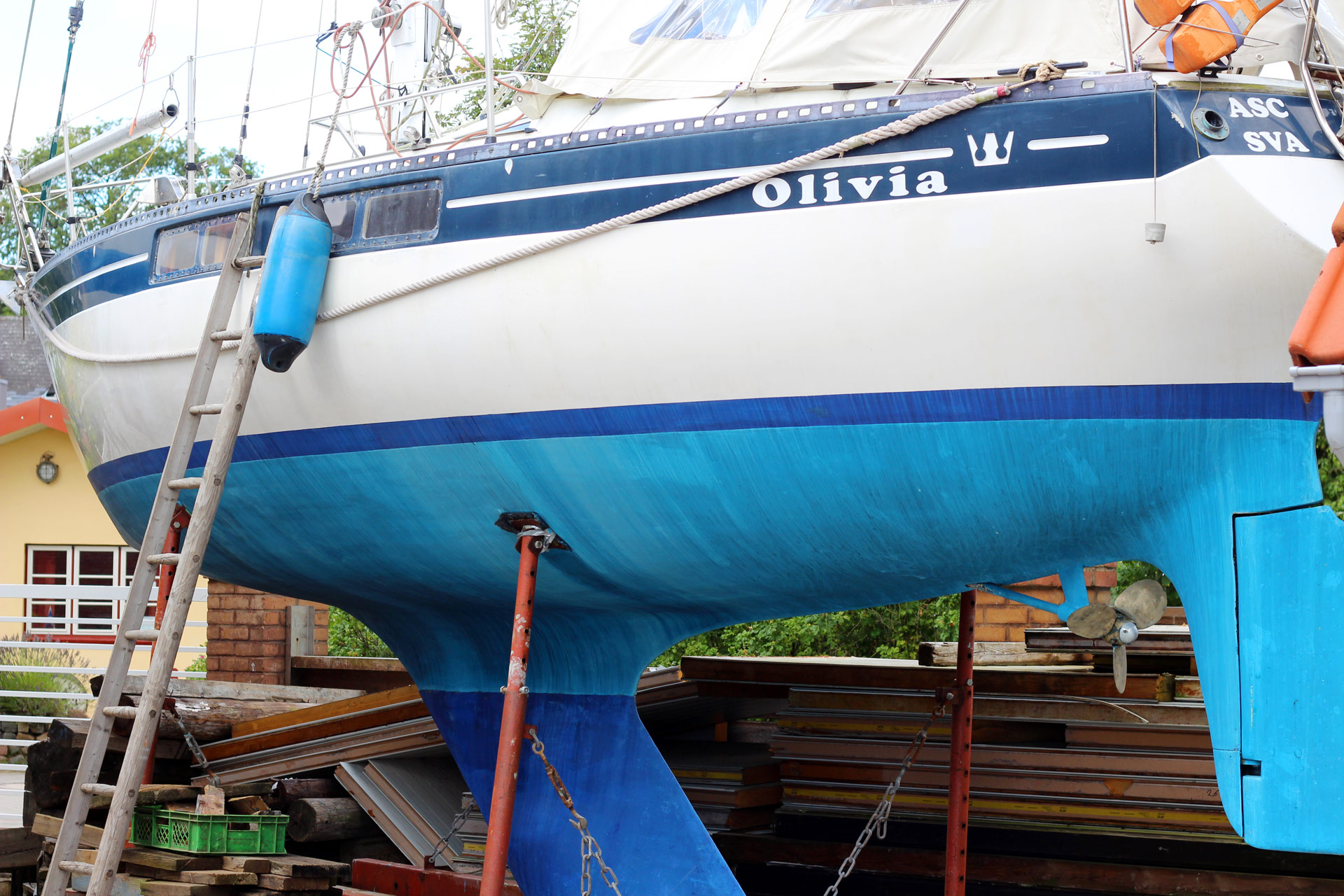
First of all, IOR-yachts are a kind of unstable boats in terms of seakindness. Due to the round chined hull and the wide girth, those boats are sailing massively heeled and are always in heavy motion even in lighter swell. Modern yachts with wider sterns and pronounced chines are heeling up to a certain point and will then sail very stable. Also, during the catastrophic events of the iconic Fastnet Race of 1979 more of those unwanted and possibly dangerous effects of IOR-constructions emerged in a way that the formula itself, its official role in regulating races and the design features had been abandoned by both the commissions as well as by the naval architects. If you want to dive deeper into this topic, there are numerous books and websites available.
IOR today
In present naval design of yachts the IOR-inspired hull shapes have completely vanished. Although IOR-yachts have undeniable qualities in sailing hard upwind, they are nowadays considered too shaky in terms of sailing characteristics. Also, the somewhat narrow aft sections of these yachts do only leave space for quarter berths the best – best example here is the Beneteau FIRST 30 on which I did have the pleasure to make a 7-day-short dash to the Island of Bornholm (read the full articles here and here). This yacht offered way more comfort and volume on 30 feet than my 33 feet IOR-era King´s Cruiser 33.
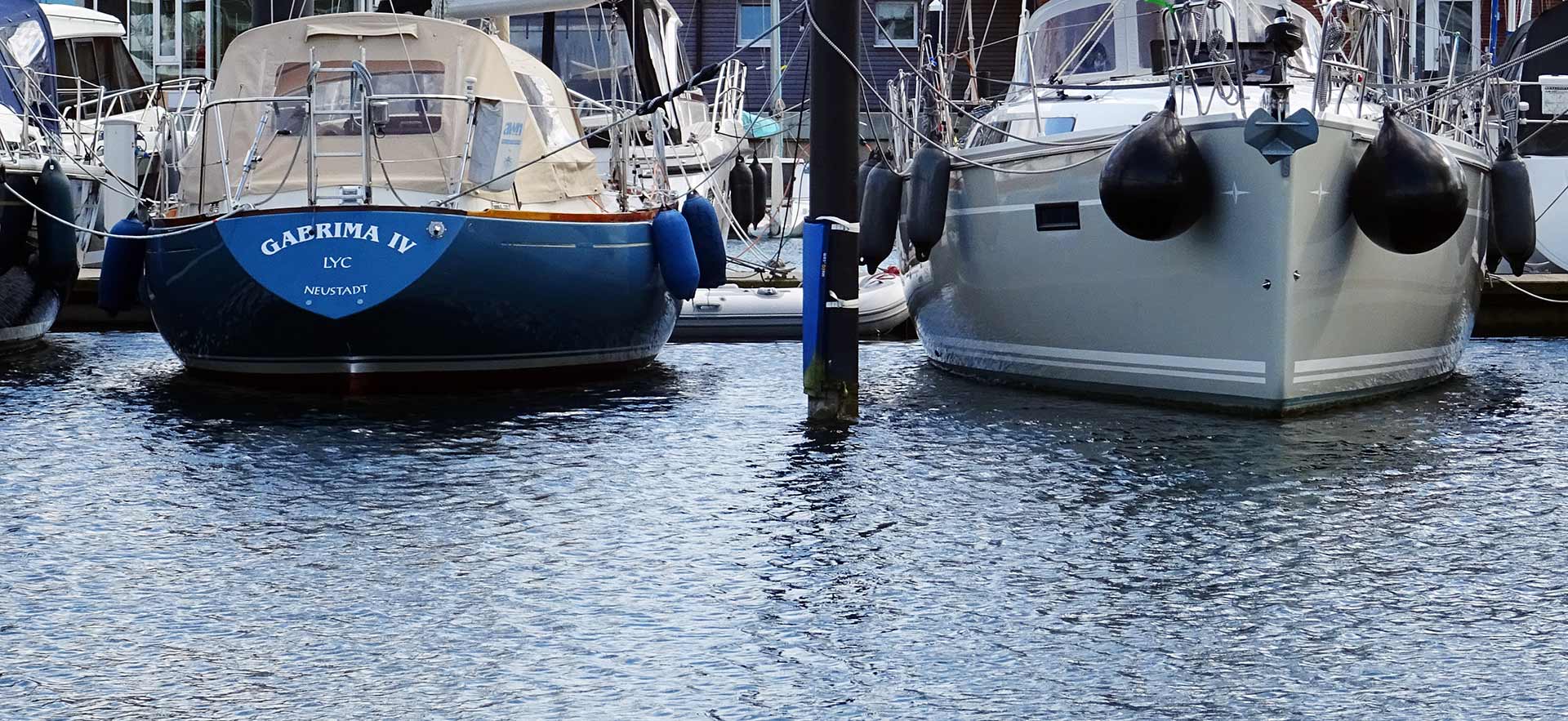
So in the end, the IOR-era was an attempt to flatten the worldwide rating systems to pave the way for a global racing circus. Designers reached out far to squeeze out the best designs possible. In a way the IOR proved that a bright mind can create miracles even inside the narrowest borders. But IOR also proved that too many rules can have limitations and even dangerous aspects as well. I personally admire some of the IOR-era designs, such as my own boat – but I also praise the technological advance that brought us faster, safer and beautiful designs as well.
Other interesting articles on that topic:
What´s the Yardstick rating system all about?
Tim Kroeger on racing the Swan 60.
Sailing a Pogo 40 Racing Yacht.
